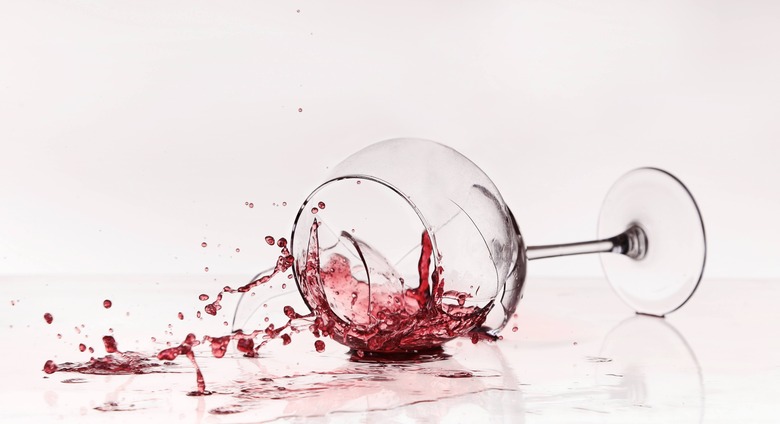How Worried Should We Be Over Arsenic Levels In Red Wine?
It's a case of arsenic and old grape.
Wines from California vineyards are some of the most popular on the market, but they are harboring a dark secret: arsenic. According to a class action lawsuit filed last May, popular wine brands like Franzia, Sutter Home, and Cupcake contain up to five times the legal limit of arsenic — a "highly-poisonous" metalloid element.But nine months after the lawsuit was filed, new independent scientific analysis of 101 California wines has concluded that "arsenic concentrations in wine consumed by the vast majority of Americans do not pose a biologically significant hazard," according to Wine Spectator.
The lawsuit originally alleged that unsafe levels of arsenic were found in 83 California wine brands, and that the arsenic traces were in much more concentrated amounts than the Environmental Protection Agency allows in drinking water.
The study, published in AJVE (American Journal of Viticulture and Enology), a peer-reviewed journal, was conducted by researchers from multiple labs across the country, performed random testing of California wines.
They found that although cheaper wines were likely to have higher concentrations of arsenic, the "intake of [arsenic] from wine represents less than 8.3 percent of a person's total dietary consumption of [arsenic] from food and beverages," the researchers concluded. "Comparing [arsenic] concentrations in wine to limits in water does not appropriately characterize the potential health risk associated with wine consumption."
